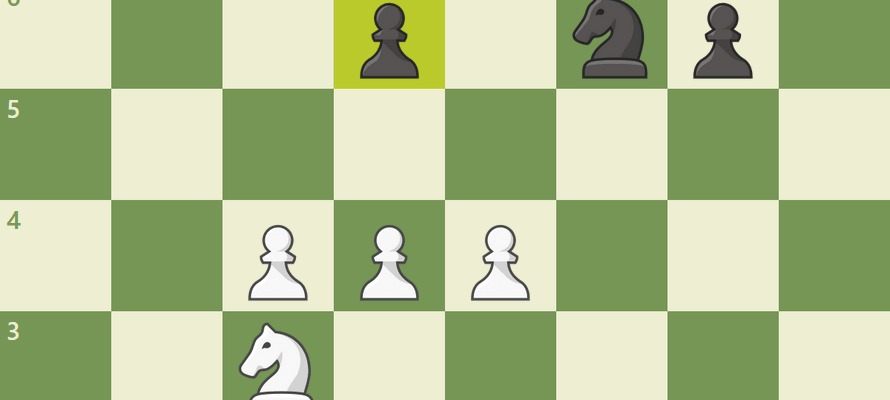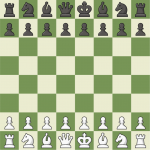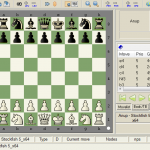Content Table:
- 1 Strategy And Tactics On Chess
- 1.1 1. Have a Plan
- 1.2 2. Know What the Pieces Are Worth
- 1.3 3. Analyze Your Opponent’s Moves
- 1.4 4. Develop Quickly and Well
- 1.5 5. Keep Your King Safe
- 1.6 6. Make the Best Possible Move
- 1.7 7. If it is a Pawn, Consider:
- 1.8 8. If it is Another Piece, Consider:
- 1.9 9. Always Be Alert
- 1.10 10. Know When to Trade Pieces
- 1.11 11. Think About the Endgame
- 1.12 12. Control the Center
Strategy And Tactics On Chess
Strategy and tactics is what the game of chess is all about. An army of 16 chess pieces is commanded by each player. A game of chess has three states when played well. In the opening, the players bring out their forces in preparation for combat. The players maneuver for position and carry out attacks and counterattacks in the middlegame. The endgame is when, with fewer pawns and pieces left on the board, it is safer for the kings to come out and join the final battle. Here are 10 ways to improve your chess game.
1. Have a Plan
Your opponent will have an easy time defending themselves if you threaten something here in one move, something over there in the next move, and so on. For you to be effective, your pieces must work together. Your pieces are your “team”; to be a good “coach,” you have to use all of their strengths together.
2. Know What the Pieces Are Worth
You should think about the value of your pieces when considering giving up some of your pieces for your opponent’s. The player whose pieces add up to a greater value will usually have the advantage.
3. Analyze Your Opponent’s Moves
Stop and think every time your opponent makes a move. Ask yourself, why was that move chosen? Is a particular piece in danger? Are there other threats I should watch out for? You will be able to successfully carry out your own strategies by defending against your opponent’s threats.
4. Develop Quickly and Well
An important element of chess is time. The player whose pieces are ready for action more quickly will be able to control the course of the game. You must develop your pieces efficiently to powerful positions to be that player.
5. Keep Your King Safe
The object of the game is to checkmate the opponent’s king. Sometimes a player forgets that their opponent is also hunting for the king because they are too busy thinking about their own plan.
6. Make the Best Possible Move
When considering a move, ask yourself these questions: Can I improve my position by increasing the effectiveness of a different piece? Will the piece I am moving go to a better square than the one it is on now? Does the move help defend against my opponent’s threats? Will the piece I move be safe on its new square?
7. If it is a Pawn, Consider:
Can I keep it protected from attack?
8. If it is Another Piece, Consider:
Can the enemy drive it away?
9. Always Be Alert
Once a player has reached a good position or given up hope if their position is bad, there is a tendency to relax. If you have a better position, watch out! One careless move could throw away your advantage. You must always watch out for your opponent’s threats.
10. Know When to Trade Pieces
The best time to trade pieces is when you can capture pieces worth more than the one you will be giving up, which is called “winning material.” If your opponent is very careful, that opportunity may not arise.
11. Think About the Endgame
Remember that every move you make might affect your chances in the endgame. Concentrate on your immediate plans as well as your opponent’s.
12. Control the Center
The player who controls the four central squares of the board will often have the better game.
Hopefully, these tips will help improve your chess game. Go practice – and have some fun!



